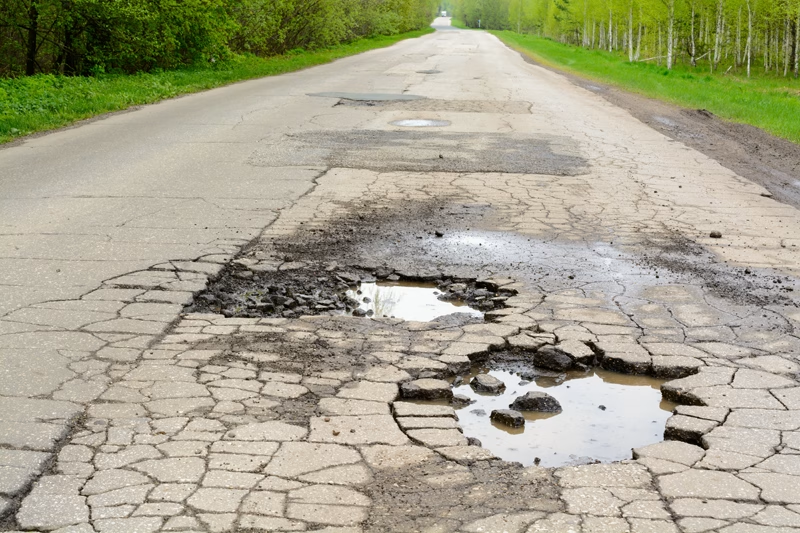If it feels like there are more potholes on UK roads and driveways than ever, you’re not imagining it. Freeze–thaw winters, heavier vehicles, and stretched maintenance budgets are a rough combo. Small cracks turn into craters fast, and once water gets under the surface, the damage spreads. That’s annoying on public roads, but for homeowners, landlords, and small businesses with their own driveways or yards, it becomes a daily headache: tyre damage, pooling water, trip hazards, and the patch getting bigger every week.
Below is a straight-talking look at why potholes form, how to put in a solid temporary fix using cold-lay tarmac, and when to plan something more permanent.
Why potholes keep coming back
Moisture + movement are the main culprits. Water works its way into small cracks; traffic loads flex the surface; frost expands everything; and chunks start breaking away. A few other things make it worse:
- Poor edges and drainage
- Thin or ageing surfaces
- Heavy vans and HGV deliveries
The earlier you deal with a pothole, the less you’ll spend.
When a temporary repair makes sense
A DIY repair can work when:
- The hole is localised
- The sub-base is still firm
- You need a safe fix quickly
Cold-lay tarmac is great in these situations, no burners, no specialist kit, and it cures under traffic. It’s not a permanent solution, but when applied correctly, it can hold up surprisingly well.
How to repair a pothole with cold-lay tarmac
What you’ll need
Brush, shovel, cold-lay tarmac, tamper/whacker, overbanding, gloves.
Steps
1) Clean the hole
Remove loose debris and water. Square off weak edges.
2) Prime (optional but recommended)
Bitumen tack helps adhesion.
3) Fill in layers
Add 25–30 mm at a time and compact well.
4) Compact firmly
A tight, dense patch = longer-lasting repair.
5) Seal edges with overbanding
This step helps keep water out and dramatically increases lifespan.
6) Open to traffic
Most mixes take light traffic straight away.
Pro tip: Build deep holes in two compacted lifts rather than one thick dump.
Common mistakes
- Filling on wet or dirty surfaces
- Not compacting enough
- Skipping overbanding
- Feathering the edges instead of creating a vertical shoulder
When you need a permanent fix
If your driveway shows repeated failures, widespread cracking, or dips that collect water, plan for a resurface. A proper base, better drainage, and a new wearing course will save money in the long run.
Driveway-specific advice
Driveways fail due to:
- Poor sub-base
- Tree roots
- Standing water
- Tyre tracking
Fix drainage, seal cracks early, and avoid tight turns in summer heat to extend life.
Where to get quality cold-lay tarmac & overbanding
If you need dependable driveway repair products, Ready Set Supplied offers cold-lay tarmac and overbanding suitable for small works and maintenance.

